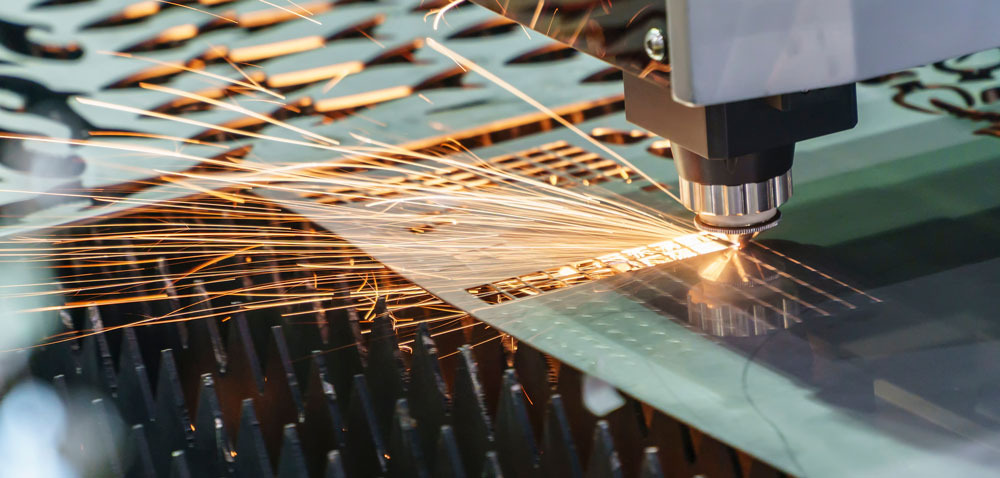News - 07.01.2019
5 Ways Lasers Could Change Your Life
Laser technology is more beneficial than you think

 Ian John
Ian John
Lasers are more than industrial tools or scientific toys. Laser technology is what makes modern life possible, and show us what can be done in the future.
In eye surgery, for example, lasers can be used to correct certain defects in vision. This is possible thanks to the semiconductor saturable absorber mirror (SESAM) that is a critical component that allows continuous laser light to be converted into pulses that last from picoseconds to femtoseconds. This means that a laser can be used to make millions of tiny incisions on the surface of the cornea (femtosecond Lasik surgery) that can allow vision to be corrected. The SESAM was invented by the Swiss born scientist Ursula Keller who very nearly didn’t make it through school as she was severely dyslexic at a time when dyslexia wasn’t recognised. It was only thanks to her ability in mathematics that she completed school.
Lasers are also used in cataract surgery, in the prevention of retinal haemorrhaging and in reducing the risk of narrow angle glaucoma. In the broader medical field a focused laser can act as an extremely sharp scalpel of delicate surgery that cauterizes as it cuts. The cauterising action can be particularly useful where surgical procedures are carried out in blood rich tissue such as the liver.
Car manufacturers are using laser headlights in car headlights. Brighter than LEDs, they can be produced in a much more compact design and provide the same level of visibility. The new BMW 7 series incorporates a laser diode as the headlight source that can provide visibility to a range of up to 600 metres.
Lasers are increasingly used in heat treatment applications where selective heat treatment is required. For example, lasers can be used for localised heat treatment such as to the surfaces of camshafts used in the automobile industry. Camshafts are manufactured to high precision and there is a risk of warping if the whole shaft is heat treated. The working surfaces of a camshaft can be heated quickly with a CO2 laser and hardened without affecting the precision of the shaft.
Laser material processing is now an integral part of a variety of manufacturing operations on numerous substrates including metals, plastics, composites, glass and naturally occurring compounds such as leather, stone and wood. Laser cutting is more accurate and versatile and results in less waste than traditional sawing or plasma cutting. Laser ablation can be used to selectively remove material from a component without affecting or damaging other parts of the component. Lasers can be used to drill micron size holes to precise depths and engraving and marking techniques can be used to identify and ensure traceability of components and even food products.
Research involving new uses of lasers continues at a staggering pace and the range of potential applications appears almost endless. Some of the extreme examples include the use of lasers on the nano scale to process parts for molecule size motors. By continuing to research lasers, companies are paving the way for the future.